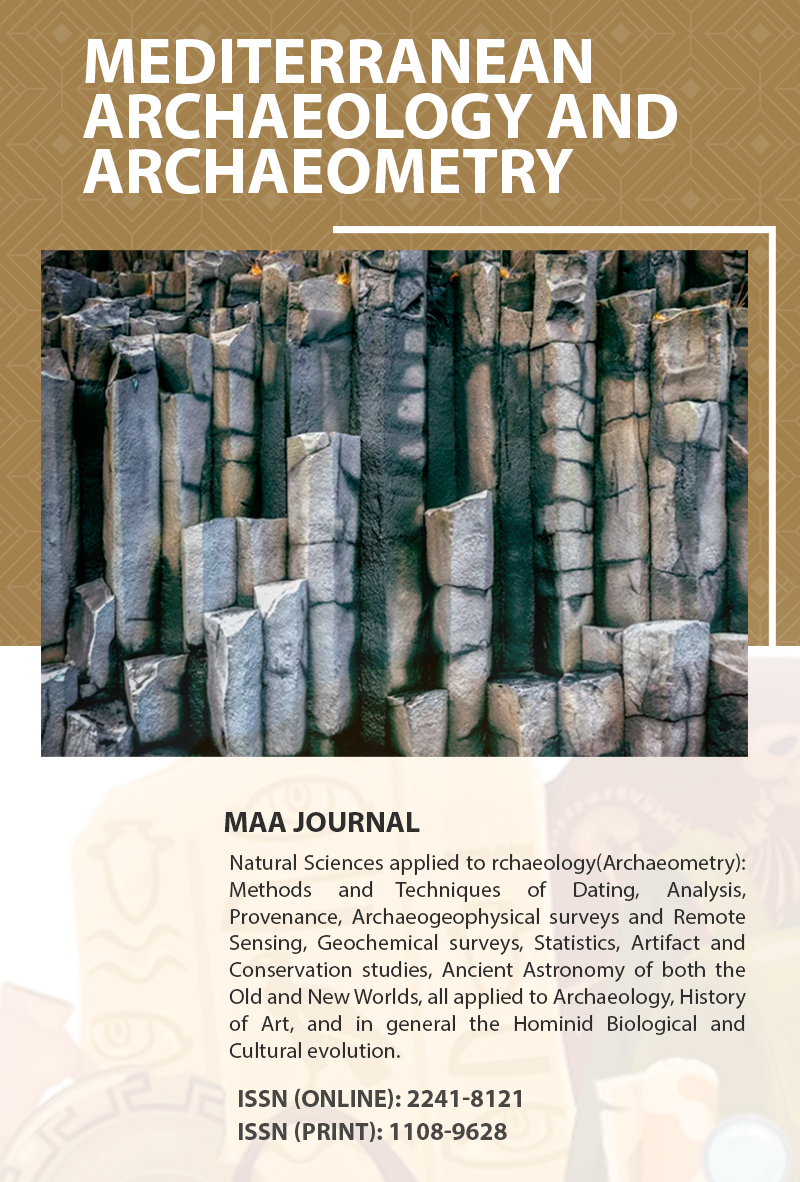Big Data in Art History: Exploring the Evolution of Dunhuang Artistic Style Through Archaeological Evidence
Keywords:
Big Data, Archaeology, Dunhuang Art, Artistic Style, Cultural Influences, Deep Learning, Computational Analysis, Historical Periods.Abstract
This research employs the power of machine learning, which is the utilization of algorithms to allow computer systems to learn and make predictions or decisions based on data. It explores the intricate web of cultural influences and historical changes that have significantly shaped the development of the Dunhuang artistic style. Machine learning delves into the subtleties of temporal and spatial intricacies within Dunhuang art. Deep learning models, a subset of machine learning, are harnessed to analyze a comprehensive collection of 10,000 photographs showcasing Dunhuang cave murals spanning various historical periods. Researchers skillfully identify minor shifts in artistic patterns, meticulously recording the dynamic interplay of Indian, Central Asian, Chinese, and Tibetan influences on Dunhuang art, all through the integration of big data approaches with archaeological evidence. The deep learning algorithm employed demonstrates remarkable precision by accurately predicting both the time period and geographic origins of the Dunhuang caves with an astounding 95% and 94% accuracy, respectively. The implications of these findings resonate profoundly within the theoretical and applied realms of archaeology and art history. This study paves the way for transformative applications, from enhancing conservation efforts to automating artifact classification and simplifying the curation of historical relics. Theoretically, it challenges accepted paradigms of art history and offers a more nuanced perspective on the complex web of cultural influences that resulted in Dunhuang's unique artistic expression. With a paradigm of archaeological research, this plays a role that big data and machine learning to understand the puzzling legacy of ancient art.










